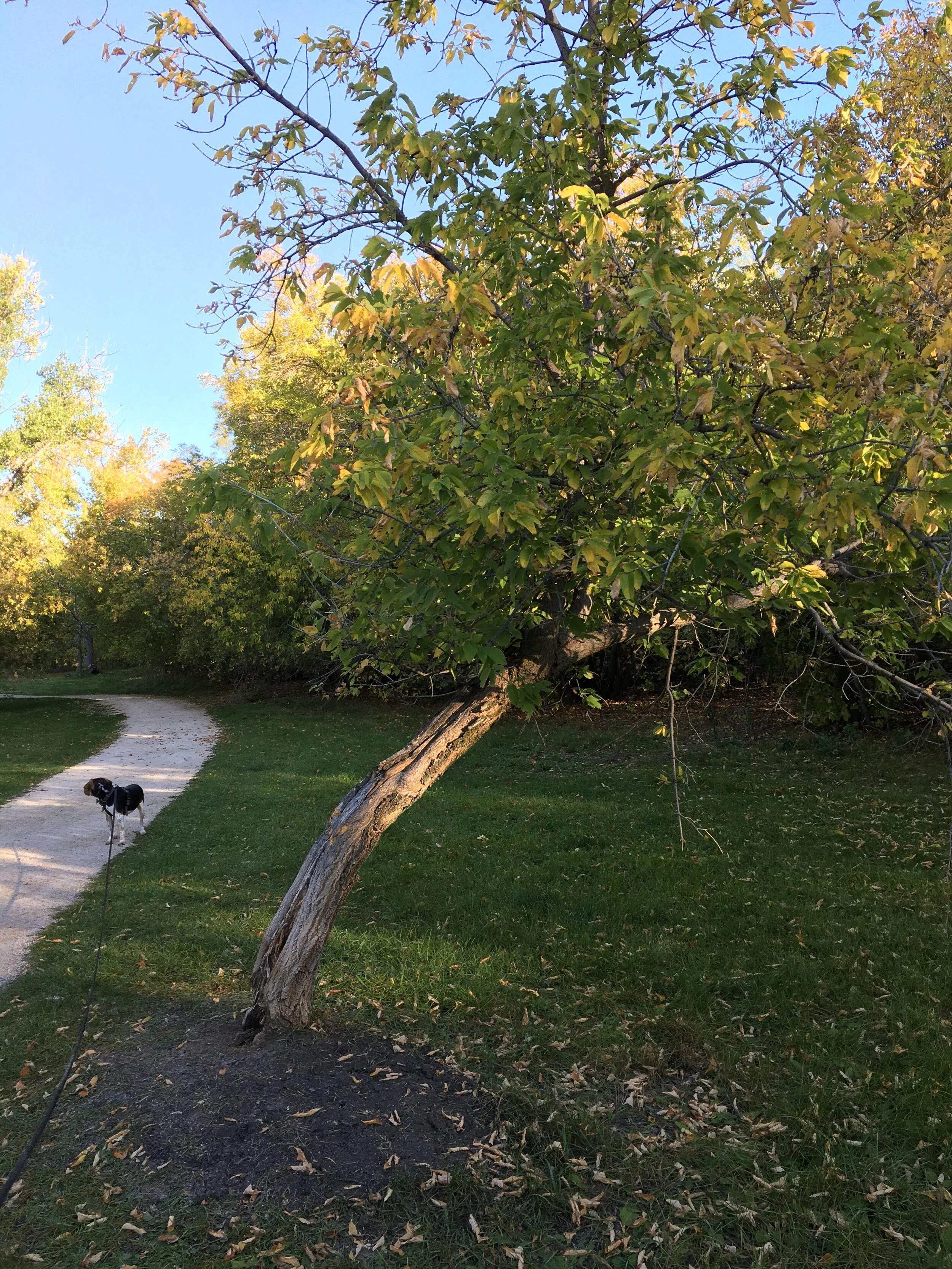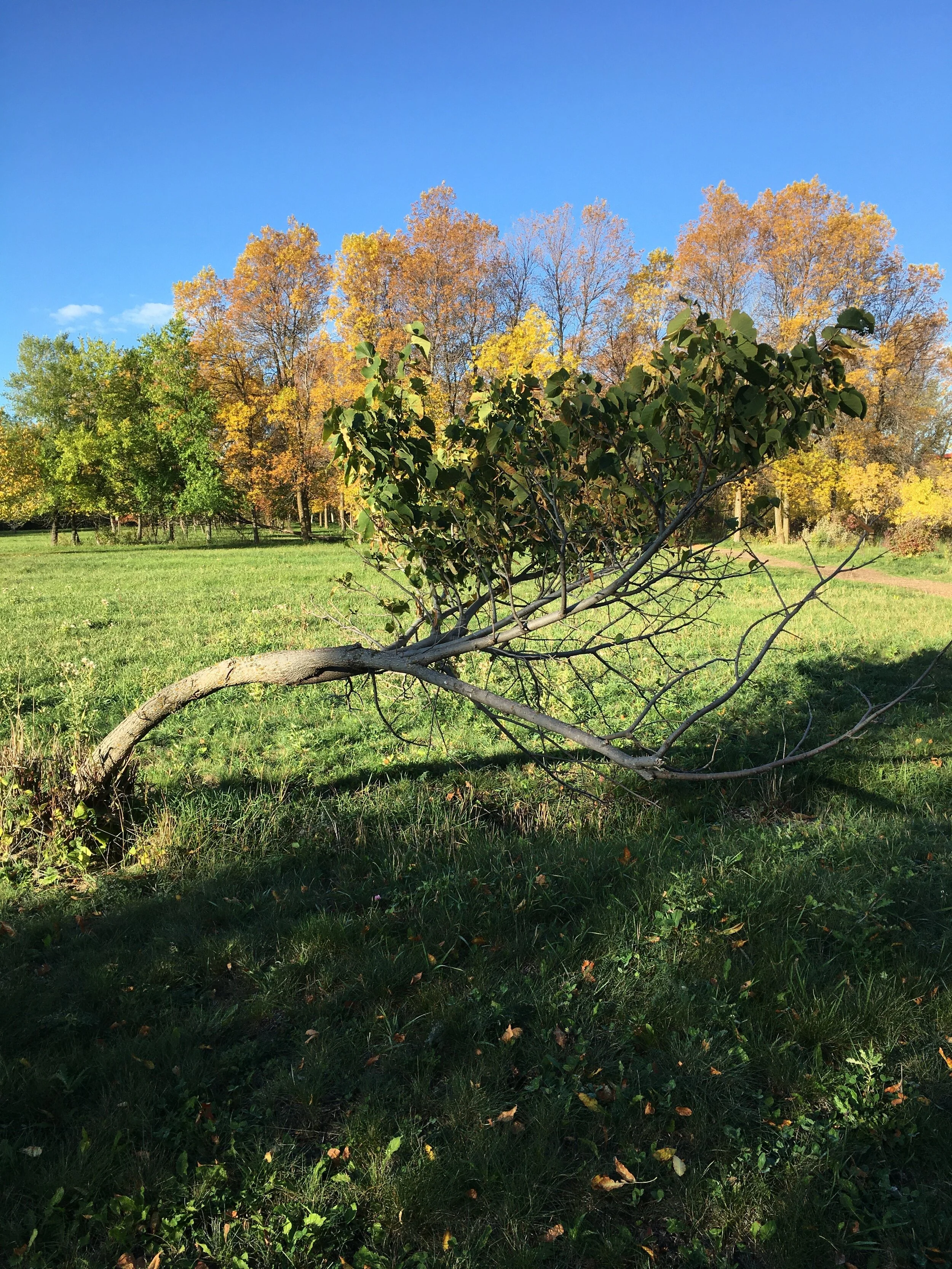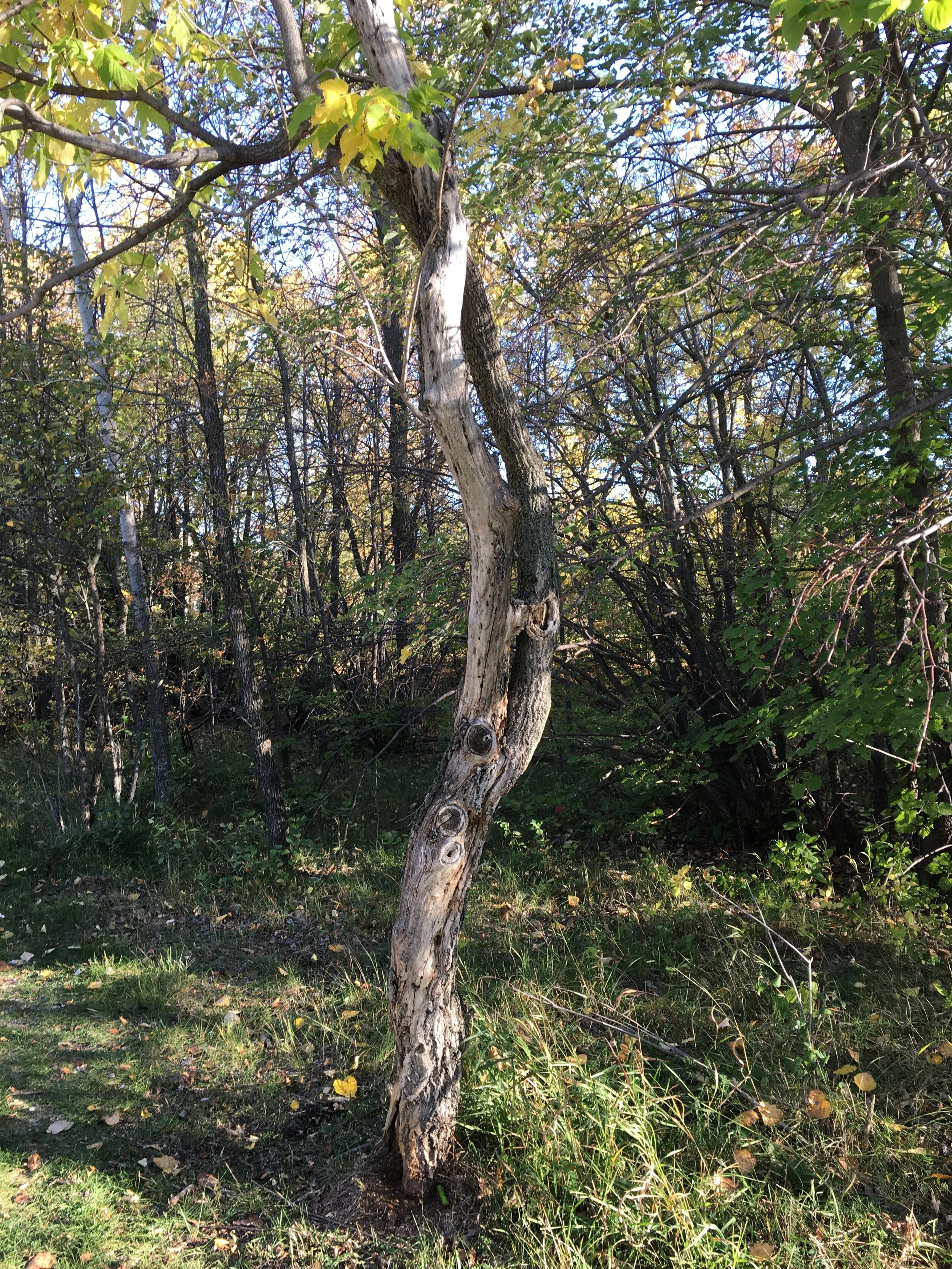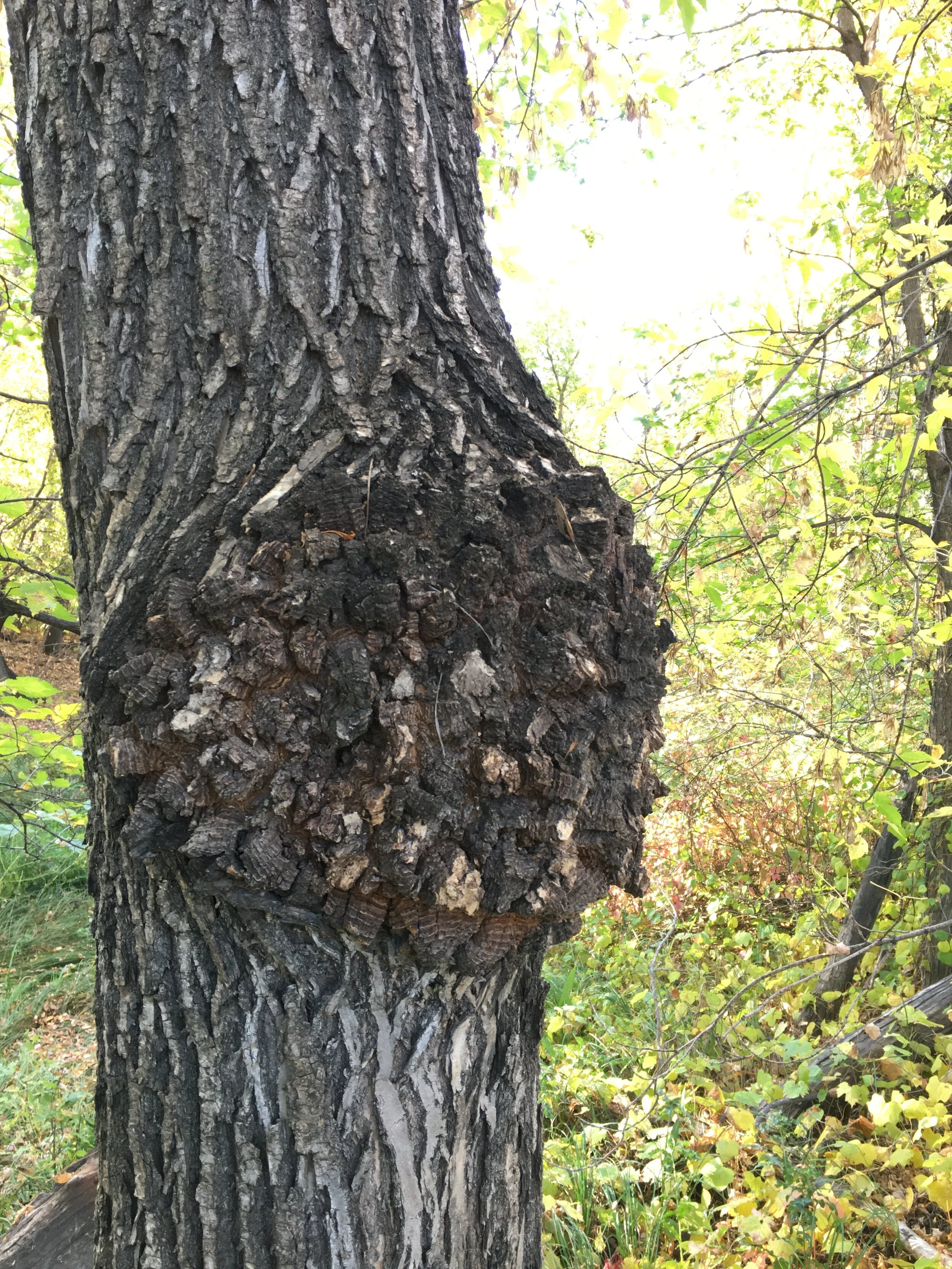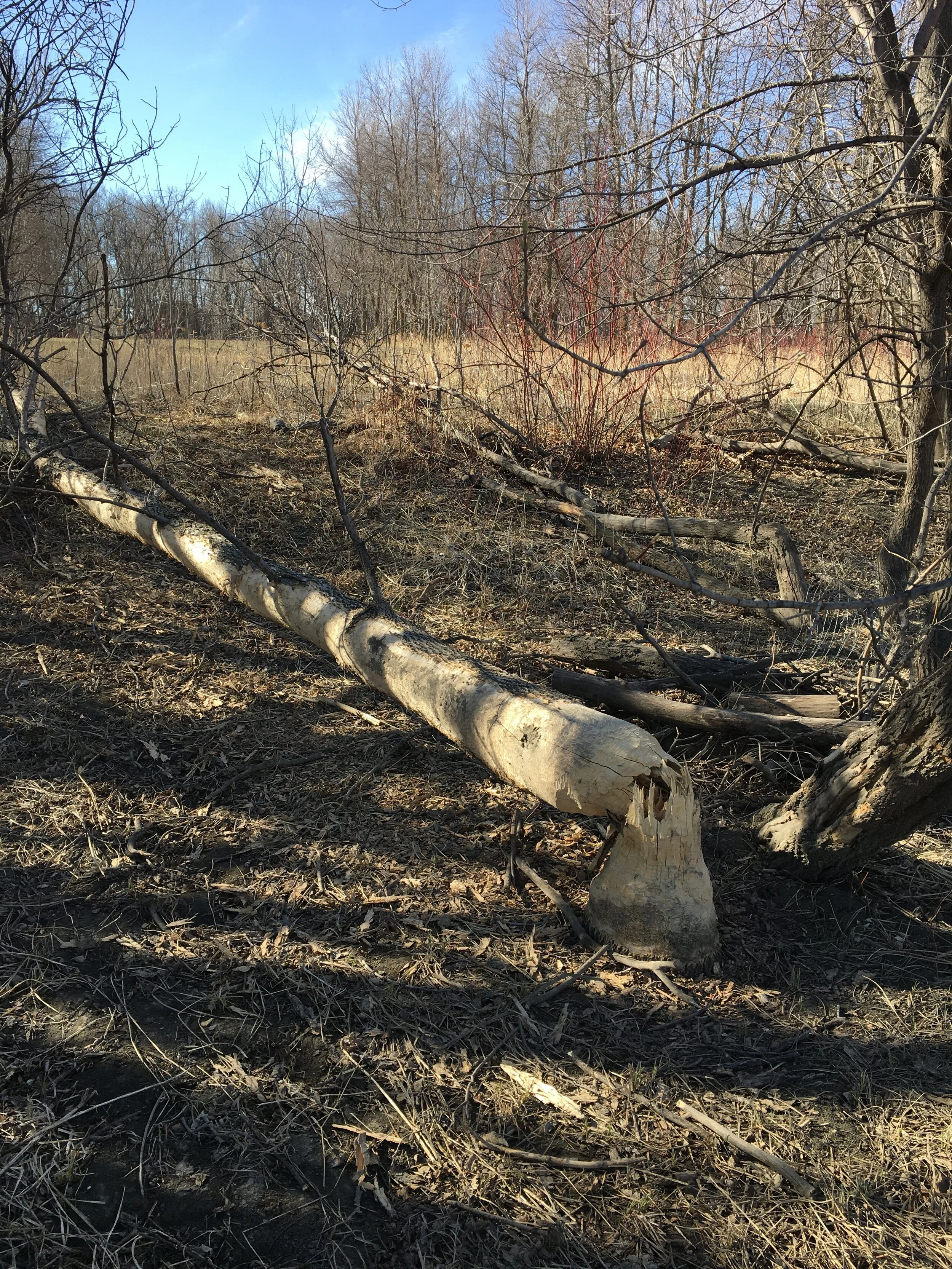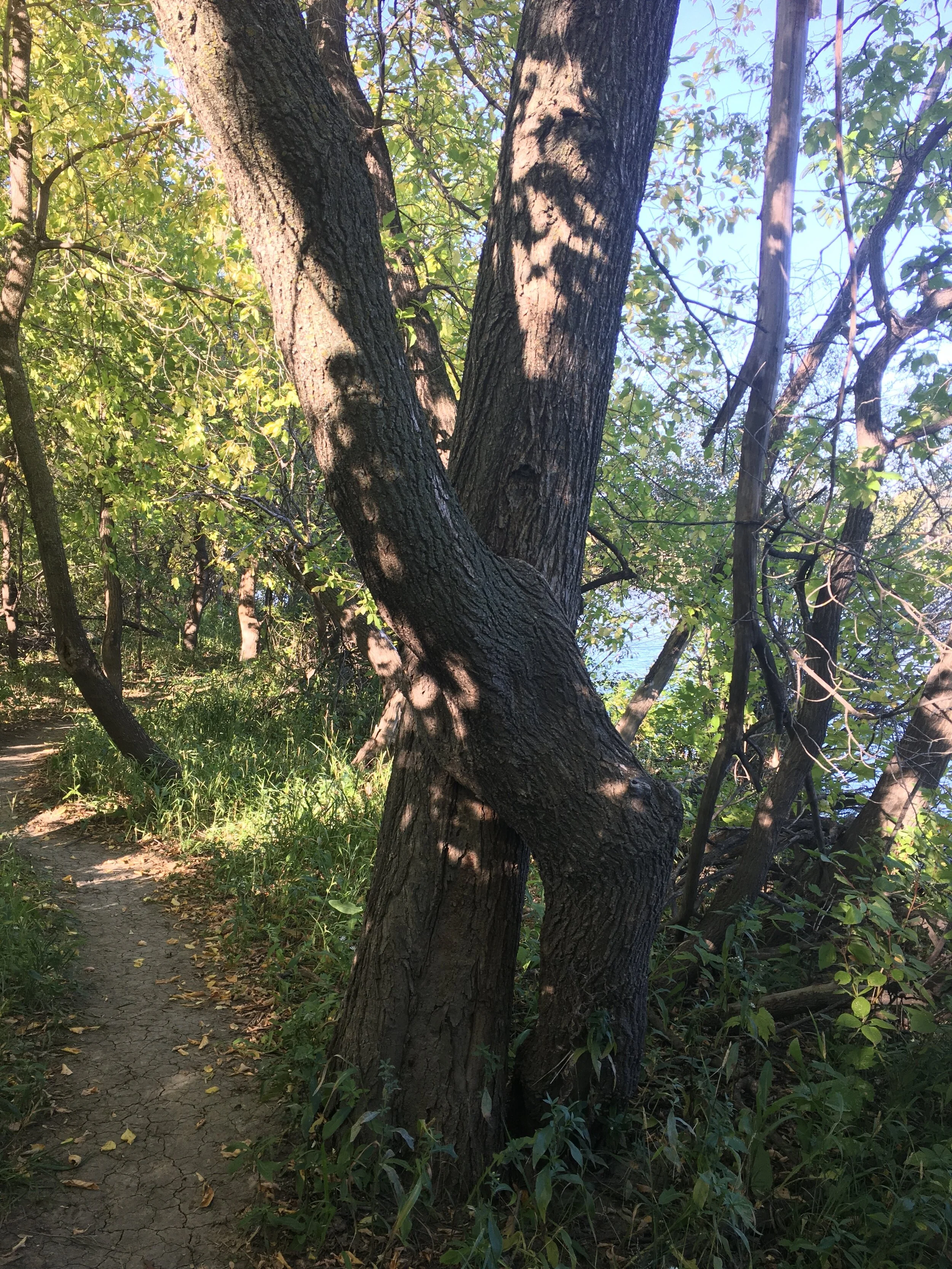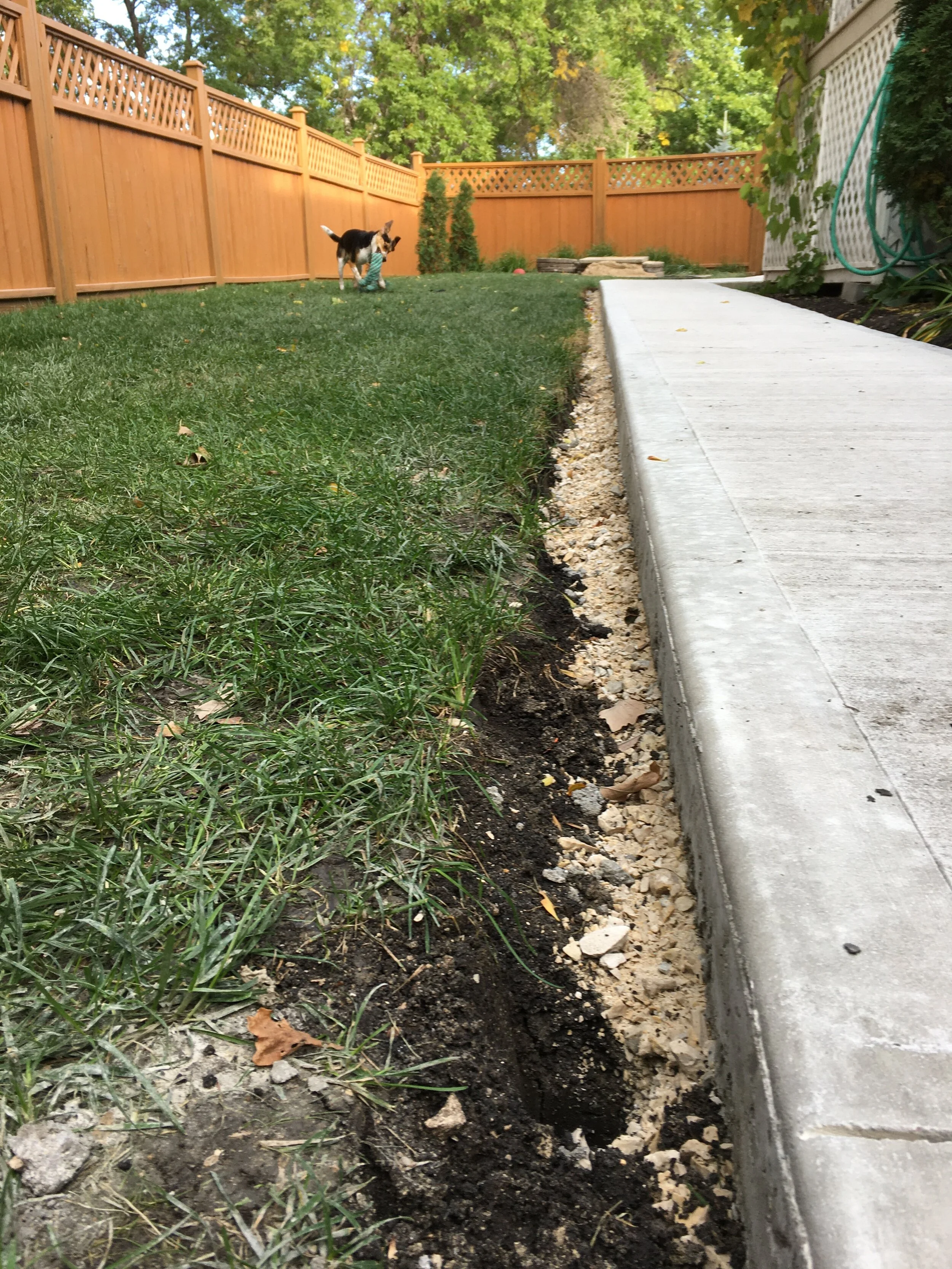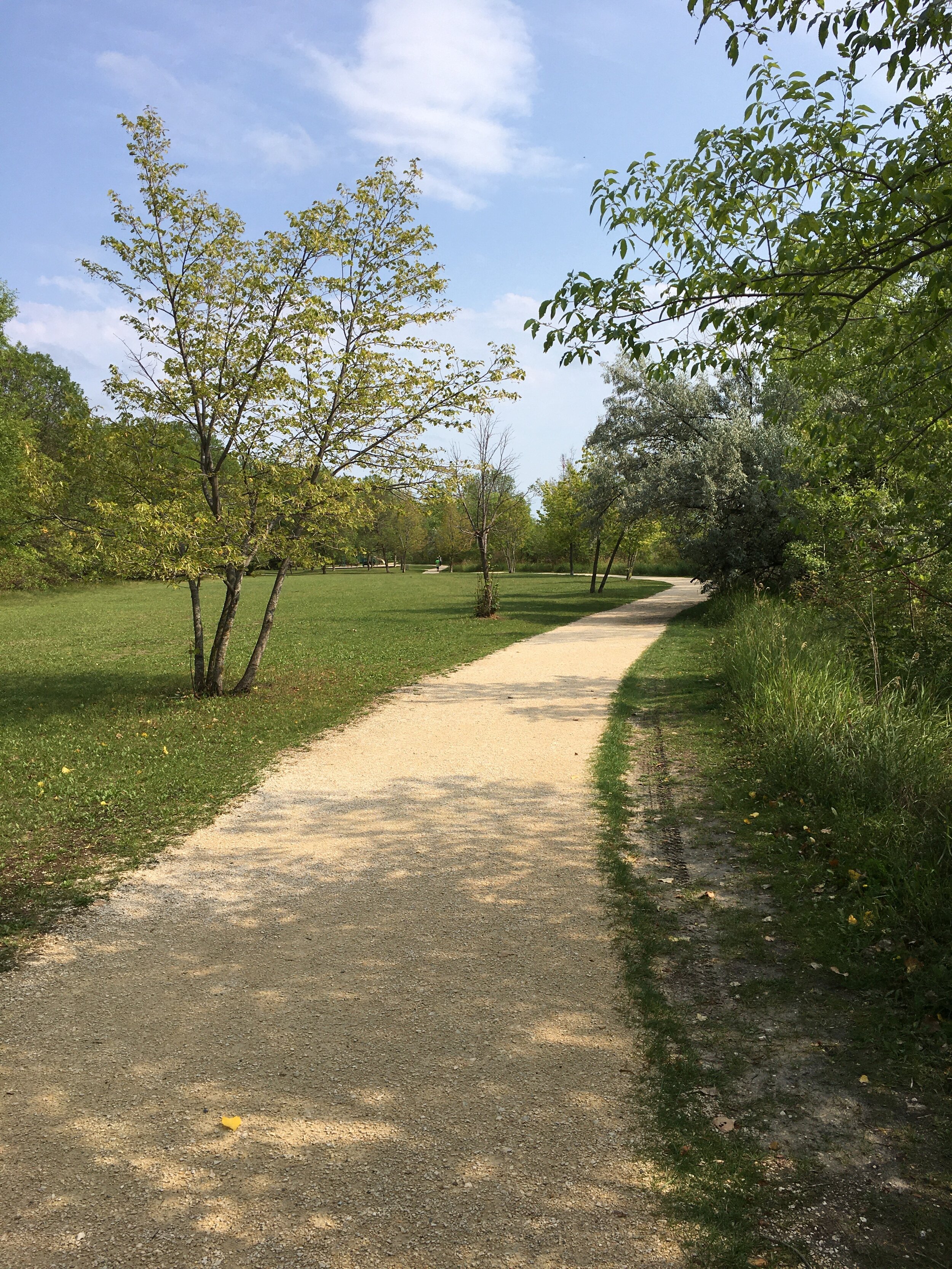I must constantly trick myself into writing here, as if it were a high-wire act I was only performing for myself. I like getting to the end, having spent time fully concentrated in the act of balancing vague feelings and concrete words. I also like finding how other writers manage… top of list is Craig Mod’s recent interview for Every.to in which he says of his newsletters: “I think of them as my public sketchbooks.” Fantastic! Welcome now, to this here post, on this here blog, which happens to be, “my public sketchbook”!
Shall we discuss reading fiction? Lets! because recently, two books have mentioned it. There’s Claire Messud in Kant’s Little Prussian Heand and Other Reasons Why I Write (2020):
“We must struggle to change our institutions, but our resistance to the depravity and depletion of these times must go beyond that. It must also occur in our souls.” (p 108)
and
“Art has the power to alter our interior selves, and in so doing to inspire, exhilarate, provoke, connect, and rouse us. As we are changed, our souls are awakened to possibility - immeasurable, yes, and potentially infinite. If ever there was a time for art, it’s now.” (p 109)
And there’s George Saunders in A Swim in a Pond in The Rain (2021):
“There’s a certain way of talking about stories that treats them as a kind of salvation, the answer to every problem; they are ‘what we live by,’ and so on. And, to an extent, as you can see by this book, I agree. But I also believe, especially as I get older, that we should keep our expectations humble. We shouldn’t overestimate or unduly glorify what fiction does. And actually, we should be wary of insisting that it do anything in particular.
(…)
“So, trying to stay perfectly honest, let’s go ahead and ask, diagnostically: What is it, exactly, that fiction does?
”Well, that’s the question we’ve been asking all along, as we’ve been watching our minds read these Russian stories. We’ve been comparing the pre-reading state of our minds to the post-reading state. And that’s what fiction does: it causes an incremental change in the state of a mind. That’s it. But, you know - it really does it. That change is finite but real.
”And that’s not nothing.
”It’s not everything, but it’s not nothing.” (p 382-3)
Then, to this end, Saunders makes a little list of fiction-reading benefits:
“I am reminded that my mind is not the only mind.
”I feel an increased confidence in my ability to imagine the experiences of other people and accept these as valid.
”I feel I exist on a continuum with other people: what is in them is in me and vice versa.
”My capacity for language is reenergized. My internal language (the language in which I think) gets richer, more specific and adroit.
”I find myself liking the world more, taking more loving notice of it (this is related to that reenergization of my language).
”I feel luckier to be here and more aware that someday I won’t be.
”I feel more aware of the things of the world and more interested in them.
”So that’s all pretty good.” (p 387-8)
Ah… Saunders… this description is delectable. I’m sorry… my appreciation for this book borders on fandom, but I can’t help it. It’s like ordering a meal at a restaurant and being so perfectly satisfied, you’d kiss your fingers, because the chef was married and because this is an acceptable form of flattery in Europe, even if you’re Canadian.
But food is also fortifying. So let’s end on writing advice. There is plenty in Saunders’ book, but this one is at the end. Saunders quotes Robert Frost, who, after listening to a long and complicated question about writing, answered “Young man, don’t worry: WORK!”
Saunders writes: “I love this advice. It’s exactly true to my experience. We can decide only so much. The big questions have to be answered by hours at the desk. So much of the worrying we do is a way of avoiding work, which only delays the (work-enabled) solution.
”So, don’t worry, work, and have faith that all answers will be found there.” (p 387)
